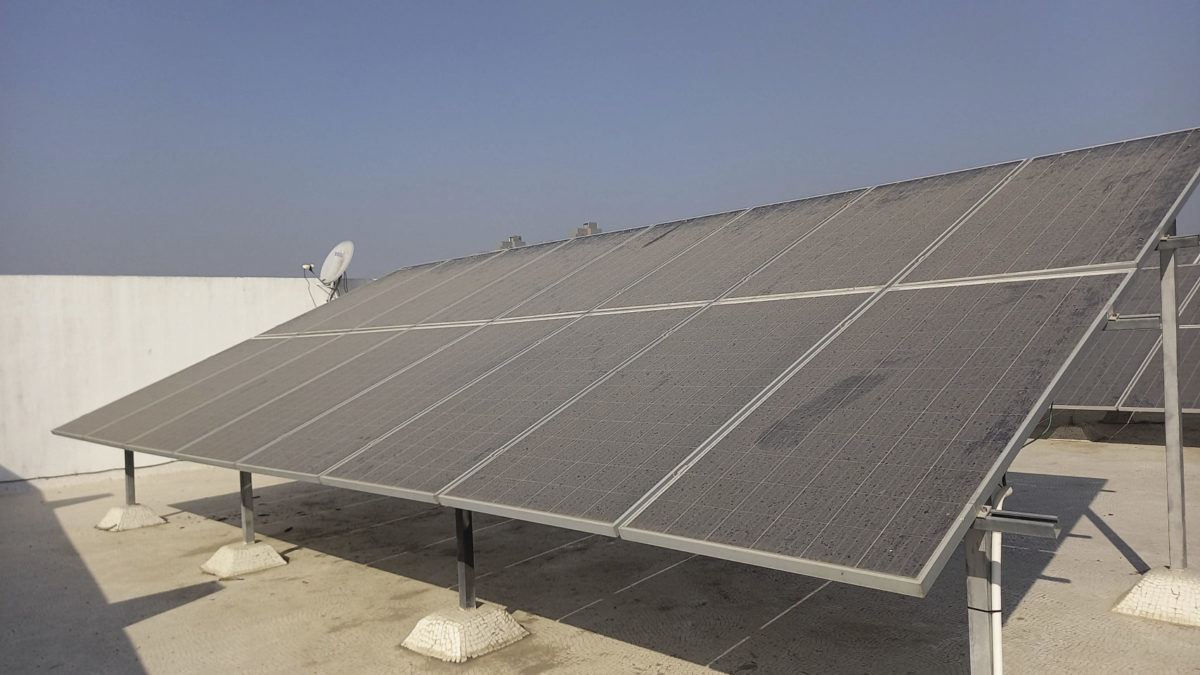From pv magazine global
Soiling – where PV modules become coated with dust, dirt, sand or snow and thus receive less sunlight – is still an underestimated problem for solar power systems. Specialized solutions are now available in the form of anti-soiling glass coatings, automated and manual cleaning products, and models to predict the ways to use them most economically. But our understanding of the issue is still evolving, particularly as PV systems move into new regions with different environmental conditions, and the technology itself continues to change and improve.
A new report by IEA-PVPS Task 13 seeks to push understanding of soiling a step further, taking a detailed look at the mechanisms causing soiling right down to the size and shape of the individual particles that build up on module’s surface, and the surrounding conditions that lessen or worsen its impacts.
The report estimates that in 2018, soiling caused at least a 3% to 4% loss to global annual energy production from PV – amounting to lost revenue of over $3 billion. And this is expected to increase to around 4% to 5% this year, thanks to an increase in PV installations in regions highly prone to soiling, economic pressures, and the fact that more efficient PV modules will suffer larger losses to their output due to soiling.
The report shows that soiling is a highly site-specific issue, and that even different areas within a single site can see quite different conditions. This leads the authors to place emphasis on accurate monitoring of these as a key part of the solution.
“An ideal solution should be installable with as little maintenance as possible and be able to detect heterogeneous soiling at both module and site level with high accuracy,” the scientists said.
Meanwhile, additional work is needed to develop accurate models to predict soiling rates at a given site, with current efforts either limited to a very small area, or based only on satellite data that is too generalized to give an accurate portrayal of site conditions.
This content is protected by copyright and may not be reused. If you want to cooperate with us and would like to reuse some of our content, please contact: editors@pv-magazine.com.









Vertical racking with bifacial modules solve the soiling and snowload problems. This even solves the land use problem of covering up valueable agriculture soils.